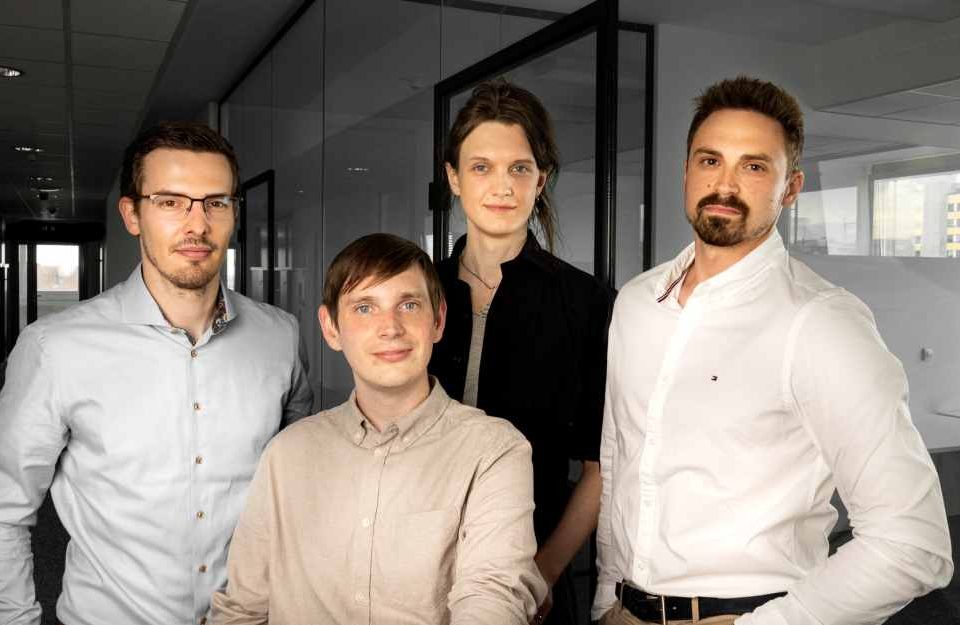Austrian tech startup NXRT raises extra $2.3M to expand its simulation platform for the automotive and railway sectors

While many startups are still struggling to raise new funding amid the ongoing global economic downturn, some startups are still raising millions of dollars as investors seek the next unicorn. One of those startups is NXRT, a Vienna, Austrian-based provider of a simulation platform for the automotive and railway sectors.
Today, NXRT announced it has raised an additional $2.3 million (€3.6 2.1 million) to open up additional markets and progress even faster from a solution provider to a platform provider. The latest cash infusion brings NXRT’s total funding raised to $3.9 million (€3.6 million).
The round was backed by well-known entrepreneurs including Hermann Hauser and the Tricentis founders Wolfgang Platz and Franz Fuchsberger, and the venture capitalist eQventure. The fresh money brings NXRT an important step further on the way to becoming a global simulation platform for immersive testing, training, and sales solutions.
NXRT started out in 2014 after Patrick Kolar (CTO) and Alexis Kopciak (CIO) developed Europe’s first VR-based driving school simulator at St. Pölten University of Applied Sciences. In the following years, they invested time and money in research and development and, together with the co-founders Lukas Stranger (CEO) and Martin Wagner (CSO), built the first VR simulator for driving schools.
A showcase with Mercedes Benz Austria and the development of the world’s first VR-simulator in a real car followed in 2017. Since its official foundation in 2019, NXRT has started cooperation with Porsche AG, Magna, RSRH, and the ÖAMTC in 2020. In 2021, the core product also became available for the railway industry.
Commenting on the funding NXRT CEO Lukas Stranger said, “Our platform provides the automotive and rail industry with the tools they need to develop simulation solutions independently. With this financing, we can open up additional markets and progress even faster from a solution provider to a platform provider.”
Stranger added, “With NXRT, customers not only benefit from a solution but from a platform that they can expand independently and scale almost infinitely,” emphasizes Franz Fuchsberger, Senior Partner at eQventure. Current customers include Porsche, Hyundai, Audi, Rhomberg Sersa Vossloh, and Rail4mation.”
Hermann Hauser, one of the investors in eQventure, added: “Through the combination of in-depth knowledge of the industry and high-end technology, the team around Lukas Stranger and Martin Wagner succeeded in realistically simulating all kinds of driving situations. Our financing flows into a solid company that not only renders valuable services to the automotive and railway industries but also contributes to road safety in general.”
To date, automotive and rail companies can leverage the NXRT development platform, and develop test, training, and sales solutions independently: With the underlying ecosystem of software tools, this can be done easily and efficiently using drag and drop. This makes it easy to combine individual simulation environments. The connection with virtual or mixed reality further increases the degree of reality.
NXRT is also used in the automotive industry. With NXRT, you get in the car, put on the VR glasses (Virtual Reality), buckle up, and you’re off you go on the interactive journey. MR-simulations (Mixed Reality) via the VR headset’s micro camera keep your hands and the interior of the car visible, ensuring even more authenticity. NXRT creates new opportunities in the training of sales teams as well as in sales and engineering via virtual test drives. In addition, car manufacturers and their dealers and training centers receive a safe and real possibility of simulating expensive driver assistance systems.
In the railway sector, the focus is on simulators for the training and further education of drivers, shunting, and safety personnel. NXRT creates an interactive environment for training from everyday scenarios to extreme situations. The digitization of the complex railway infrastructure and 3D-visualization of switches through to selective route sections save the purchase of expensive training hardware, makes the training more lively, and creates new opportunities in training.

